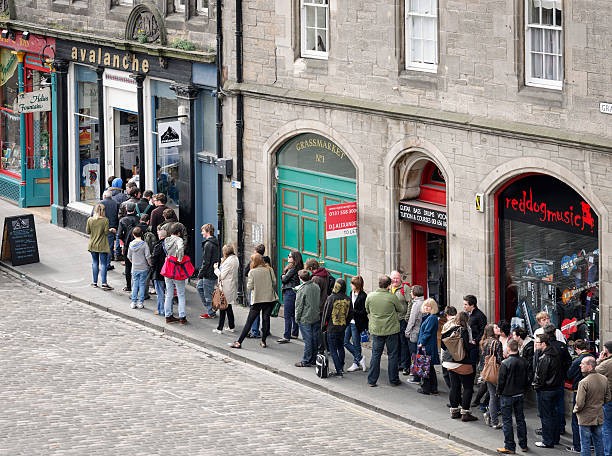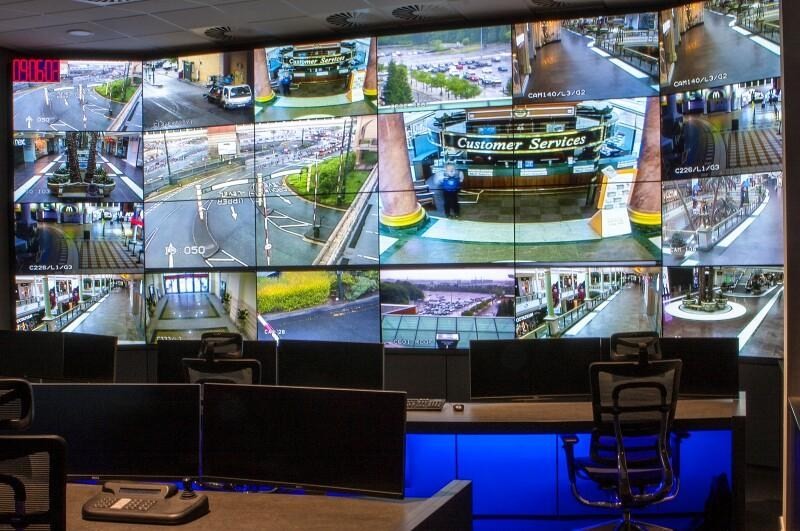Data analysis and successful retailing fit hand in glove. Without access to the relevant data, stores will not know which products are selling well, be unable to identify the aisles that get the most foot traffic, and even understand how to improve their layout more effectively. This is where a control room can become a critical differentiator at a time when shoppers have been hit by the news that inflation in South Africa has hit a five-year high and looking to get the most bang for their buck.
At its core, a control room is about providing a retailer with complete visibility of what is happening from an in-store perspective. As the name suggests, it is a dedicated space where operators have access to a wall of screens that monitor all activity taking place within the store environment. In the past, the focus of such a control room would typically be on security to identify criminals or even see which staff members are either not doing their jobs or are pocketing goods themselves.
“These are still crucial elements of a control room, but the modern version is all about pulling in analytics to make more informed decisions.” says Ashley van Breda at Itec South Africa.
“These are still crucial elements of a control room, but the modern version is all about pulling in analytics to make more informed decisions. Being able to analyse the in-store environment helps retailers and even the brands themselves enhance the shopping experience,” says Ashley van Breda at Itec South Africa.
Heat mapping is a case in point. This shows where the hot and cold spots are in-store. In other words, the most frequented shopping areas, and those where people do not go at all. Not only will this help with improving product placement, but it can also result in a better store layout. By better using the cold spots, a retailer can maximise all the space available to
Author: Ashley van Breda
Security Solutions Specialist – ITEC South Africa
Another use case is people monitoring and queue counting. This will empower the retailer with the knowledge necessary to identify the time of day the store is the busiest. It also provides a better base analytics to conduct more targeted marketing. For example, if pensioners like to frequent the store 09:00 to 11:00 on a Wednesday morning, product specials and promotions can be tailored for them.
Monitoring queues will also ensure that retailers can better manage staffing for peak periods to avoid any lengthy delays for people wanting to pay for their goods. Other clever ideas around this can include to conduct facial recognition to identify repeat clients and reward them accordingly. For instance, a parent can get free ice cream for their kids every third or fourth time they are in store.
“Control rooms in a retail environment can fundamentally improve store management through data analytics. It provides the business with everything required to optimise the environment. These control rooms are now beyond a security deterrent and deliver a business enhancing tool to owners,” says Ashley van Breda.
The local experience of Itec, when combined with world-leading technologies used in its control room solution, makes for a value-added offering where retailers can take control of their environments and manage it optimally.
“Our data analytics capabilities along with our ability to integrate within existing retail control room environments mean our customers can more easily upgrade and unlock the potential hiding inside their data. It is not about reinventing the wheel, but rather using an enhanced control room to deliver a more compelling value proposition for retailers who need to remain relevant in a highly competitive market,” concludes Ashley van Breda.











